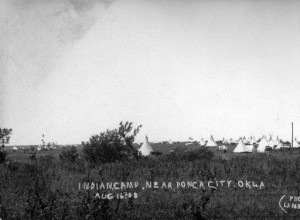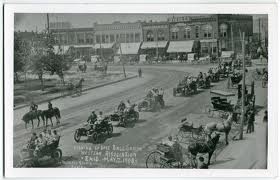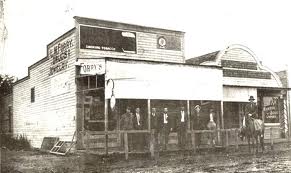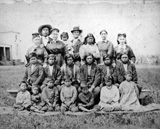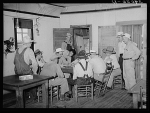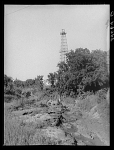Whether it was land, game, water, or oil, white settlers desired Native American resources. Oil in Oklahoma (see last post) led to a successful land grab by whites, through lawful and unlawful means. In 1908, Congress passed an act that gave complete control of Indian estates to Oklahoma’s county courts. County judges could name guardians for Indians or their estates should they be incompetent. Such a judgment was easy to impose, since many Native Americans couldn’t read, write, or understand English well. Whether a judge genuinely mistook illiteracy for incompetency or simply used the law to further white interests, competency judgments were often abused.
Guardians were given authority to lease their wards’ lands for oil, invest funds for them, collect rents, and otherwise take over their wards’ finances. Guardians were supposed to be paid reasonable amounts for this work: either ten percent commission or no more than four thousand dollars a year. Additionally, guardians were limited to five wards. Many attorneys found guardianship lucrative, and used their knowledge to exploit their wards. Some took well over ten percent commission for their work, or helped declare a competent man, incompetent. Guardians had a right to sell land for minors to pay for their education; sometimes they put children in schools (which the federal government paid for) but sold land for schooling as well. Some guardians loaned their wards’ money to friends and judges via simple notes.
Within three decades, only one-fifteenth of Oklahoma land allotments remained in the hands of Native Americans. Oklahoma’s farm tenancy (rather than ownership) rose from two-fifths in 1900 to 61 percent on 1935. Nineteen counties with tenancy over 70 percent were in the former Indian Territory.
______________________________________________________________________________________
